雪花 Snowflake (© TothGaborGyula/Getty Images Plus)
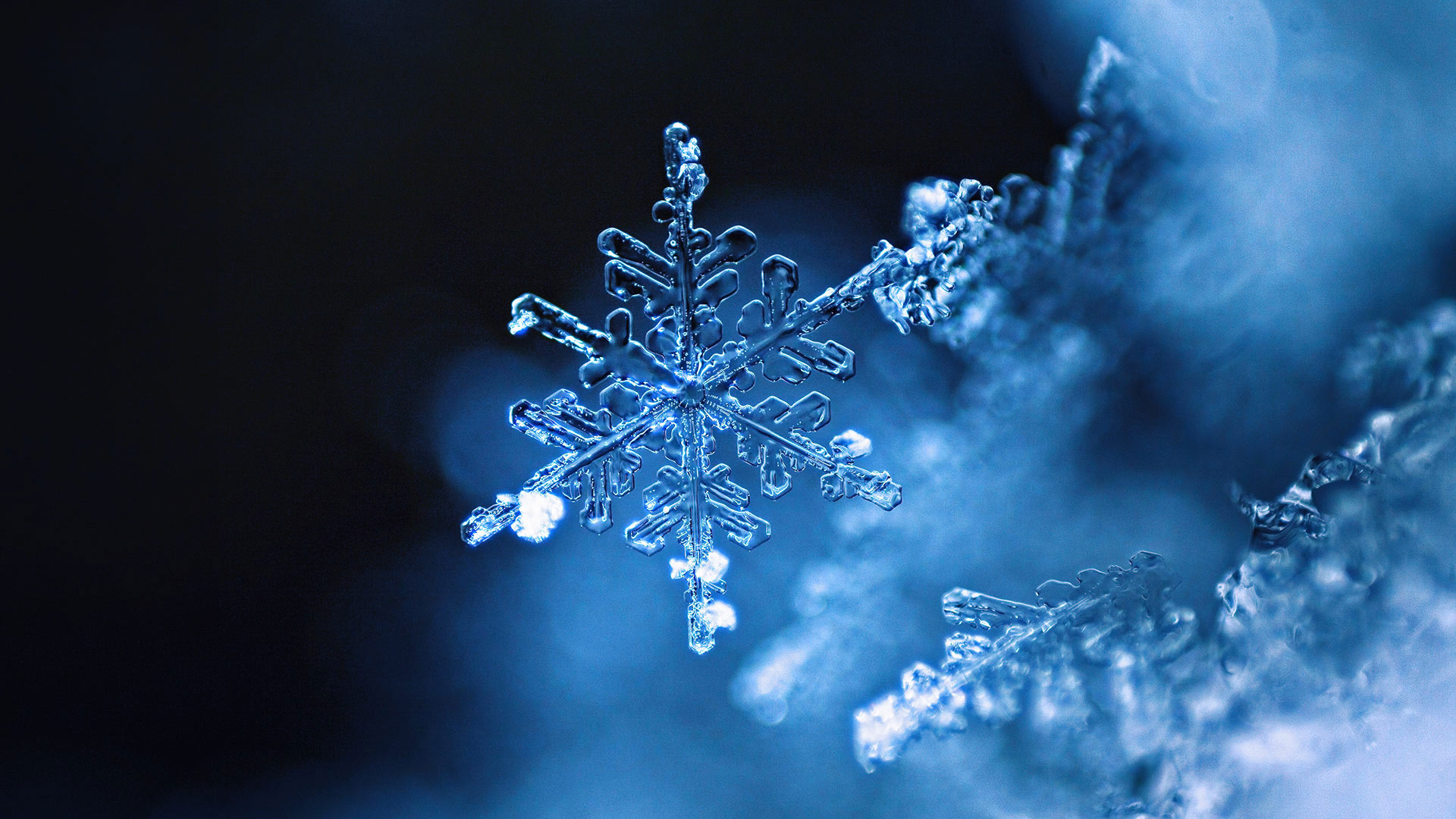
雪花 Snowflake (© TothGaborGyula/Getty Images Plus)
You've never seen anything like this
This macrophotograph of a snowflake shows the classic, six-sided structure that we've all come to associate with this tiny winter marvel. Until the advent of macro- and micro-photography in the late 1800s, it was impossible to study the structure of snowflakes—they melted too quickly to be accurately sketched under a microscope. Enter Wilson 'Snowflake' Bentley.
A farmer and self-trained scientist from Jericho, Vermont, Bentley was the first person to successfully photograph an individual snowflake. Over his lifetime, he would produce over 5,000 different images, a feat that led him to be the first to observe that every snowflake is unique. He backed up his observation with some math and meteorology as well. He understood that snowflakes form as they fall through the sky, and their growth and appearance are shaped by hundreds of changing conditions, from altitude, temperature, humidity, and more. The combinations multiply exponentially until there are more design possibilities than molecules on earth.
哈纳公路沿线的彩虹桉树,毛伊岛 Rainbow eucalyptus trees along the Hana Highway, Maui (© GlowingEarth/Getty Images Plus)
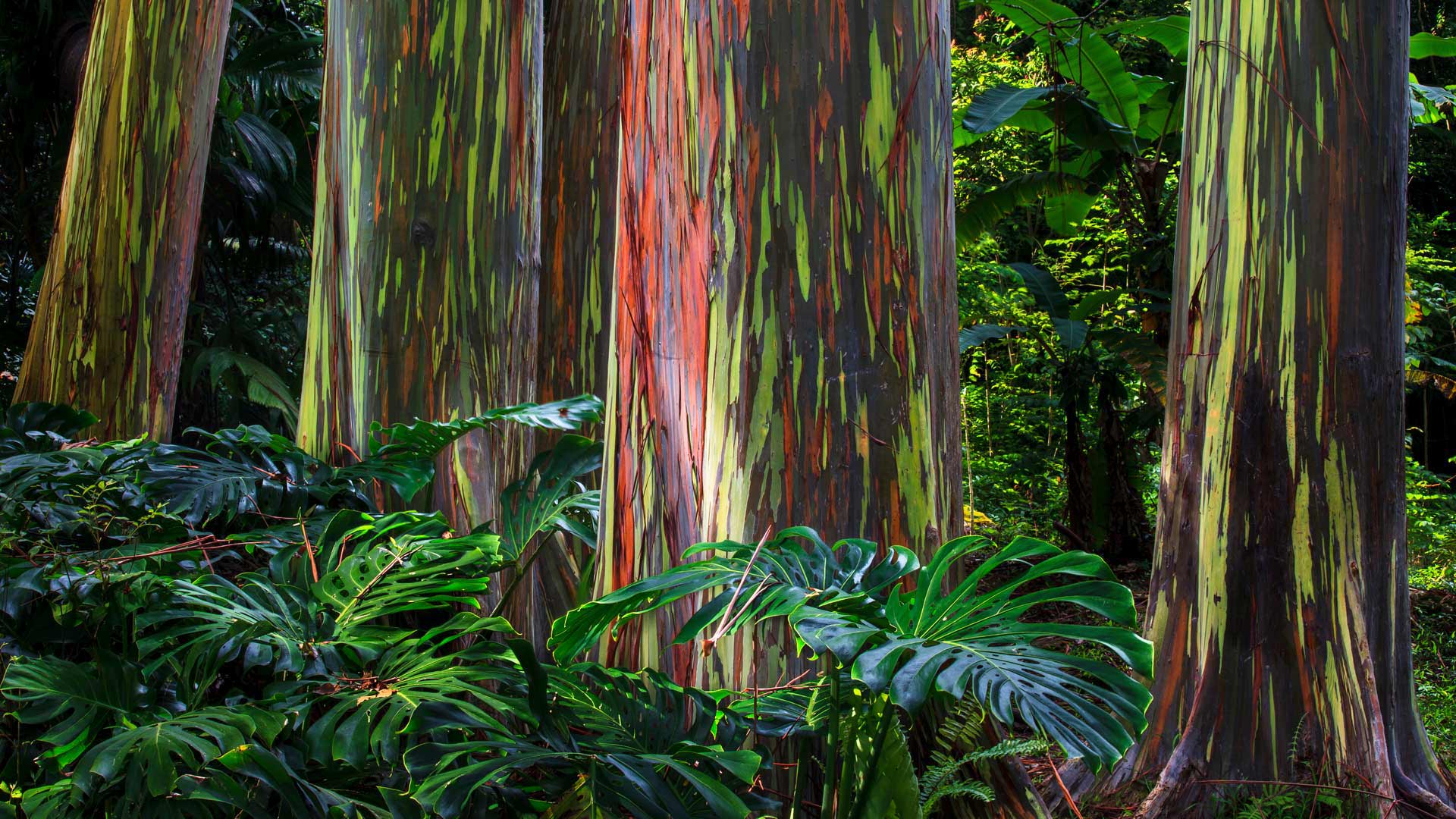
哈纳公路沿线的彩虹桉树,毛伊岛 Rainbow eucalyptus trees along the Hana Highway, Maui (© GlowingEarth/Getty Images Plus)
Tree of many colors
Hold the tinsel—the rainbow eucalyptus tree doesn't need decorations to appear festive for the holidays. Its bark displays a palette of bright colors by design. As older layers of bark peel away in strips, new layers packed with green chlorophyll are revealed. These exposed areas eventually transition to hues of blue, purple, and orange as tannins accumulate. The continual peeling allows the tree to shed mosses, lichen, fungi, or parasites along with the bark, while also exposing the chlorophyll underneath, which boosts the tree's ability to photosynthesize. The bark isn't the only unusual thing about this species. While most people associate eucalyptus with koalas and Australia, the rainbow eucalyptus is native to the Philippines and Indonesia. It thrives in tropical climates like Hawaii, where our homepage trees were photographed.
福吉谷国家历史公园中的小屋,宾夕法尼亚 Cabins in Valley Forge National Historic Site, Pennsylvania (© Mark C. Morris/Shutterstock)
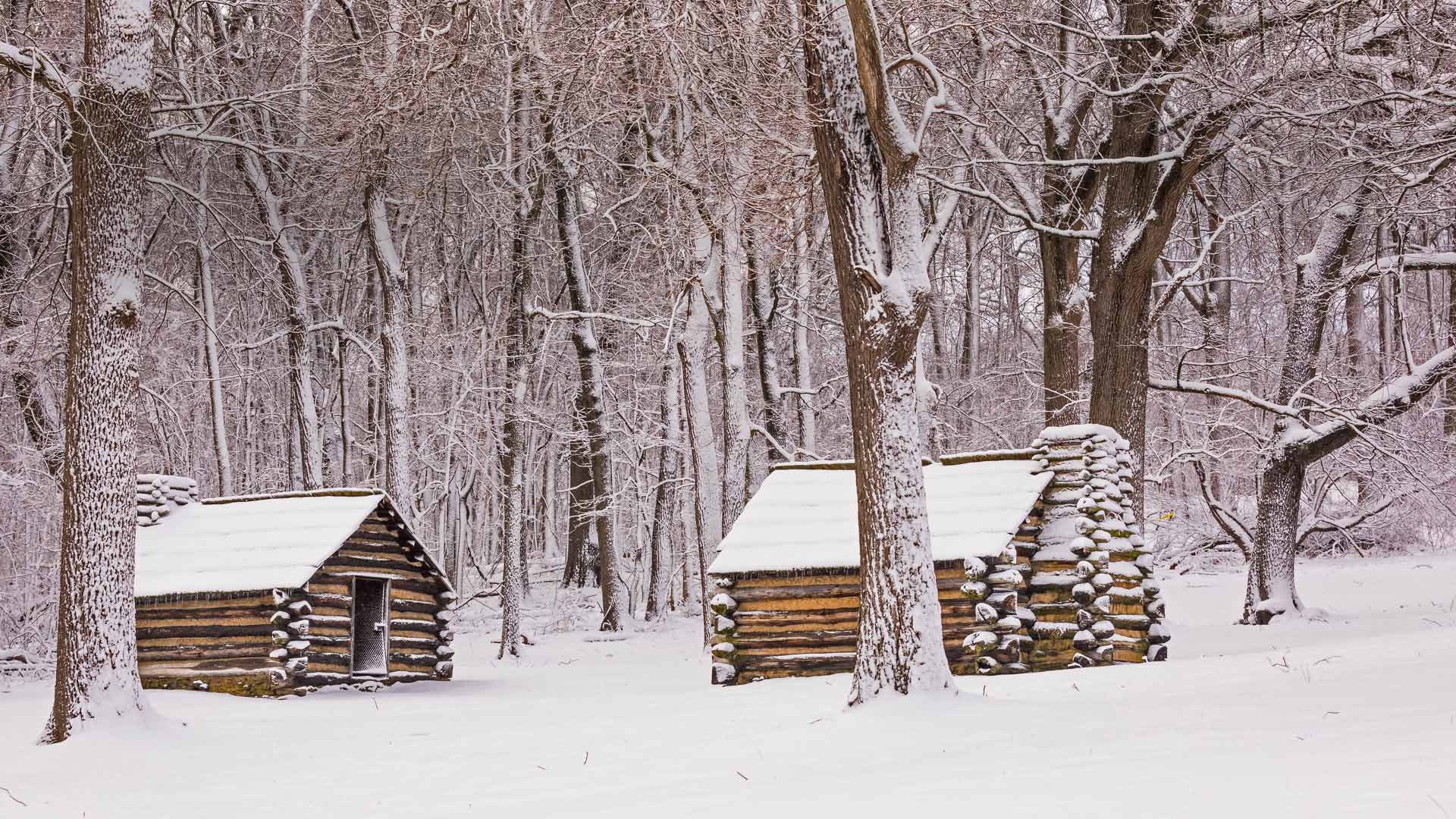
福吉谷国家历史公园中的小屋,宾夕法尼亚 Cabins in Valley Forge National Historic Site, Pennsylvania (© Mark C. Morris/Shutterstock)
Winter at Valley Forge
Valley Forge, Pennsylvania, is the site of the winter encampment of the Continental Army under General George Washington. On December 19, 1777, about 12,000 soldiers and 400 women and children started to build 1,500 log huts where they would live for the next six months. At the time, the British were occupying the patriot capital of Philadelphia, just a day's march away. Already two and a half years into the war, troops knew the harsh winter would stop the fighting, allowing them to organize and avoid mobilizing for several months. Life, however, was still challenging as they lacked funds for fresh food and clothing. There were no battles at Valley Forge, but nearly 2,000 people died from disease during the encampment.
Washington's leadership was being questioned by some members of the Continental Congress after losing two key battles, and the encampment gave him a chance to regroup. Some have called Valley Forge the birthplace of the American Army, as concepts like basic training started there. In June, the army left Valley Forge, and while the war wasn't won until 1783, many consider the encampment to be a turning point on the way to victory.
一年一度的施瓦本哈尔圣诞市集,德国巴登-符腾堡州 Annual Schwäbisch Hall Weihnachtsmarkt in the market square, Baden-Württemberg, Germany (© sack/Getty Images Plus)
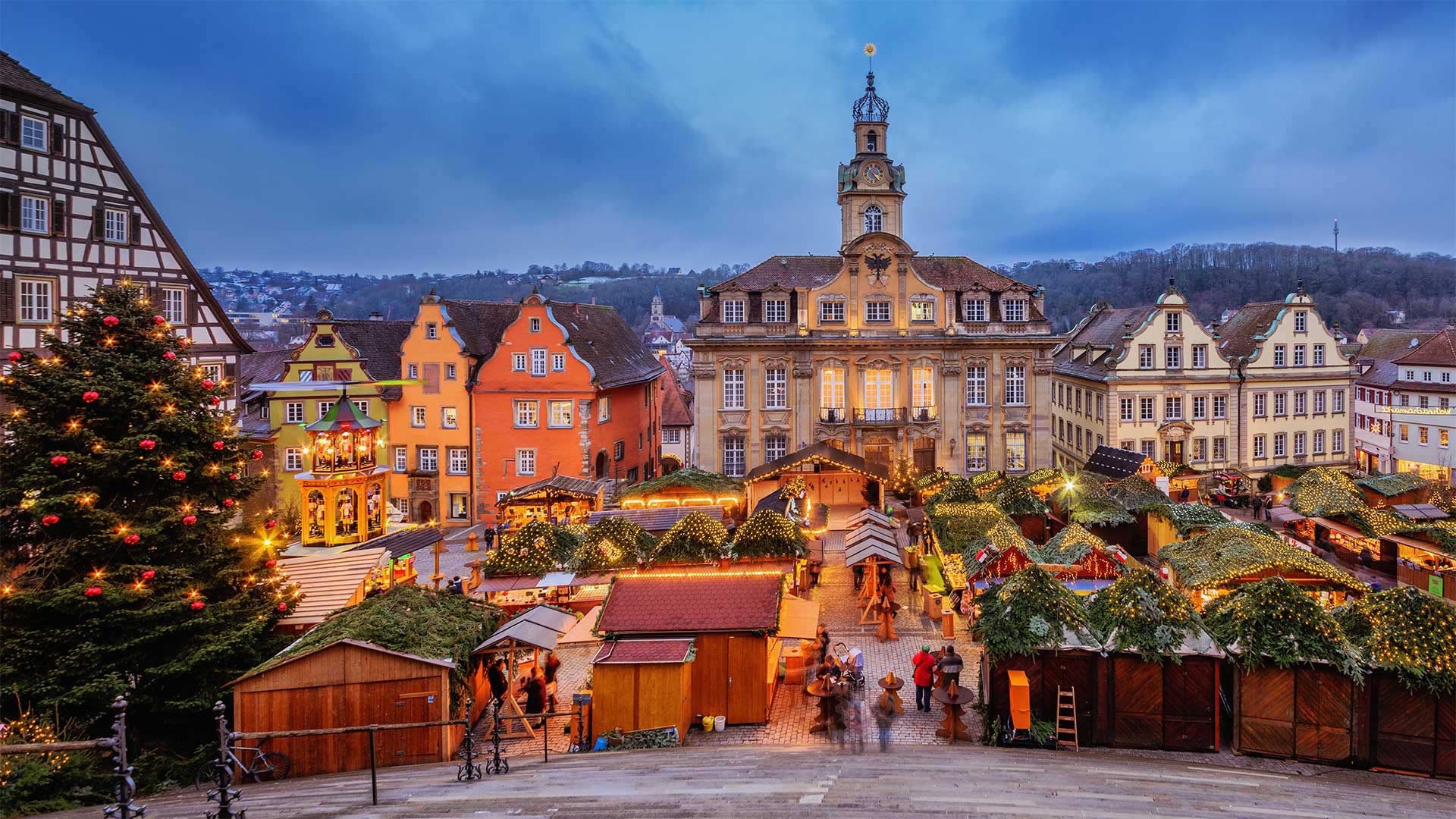
一年一度的施瓦本哈尔圣诞市集,德国巴登-符腾堡州 Annual Schwäbisch Hall Weihnachtsmarkt in the market square, Baden-Württemberg, Germany (© sack/Getty Images Plus)
It's Weihnachtsmarkt time!
The streets of this market square are all decked out in a tradition born nearly 700 years ago. Weihnachtsmarkts or Christkindlmarkts (Christmas markets, if you prefer less of a mouthful), take place around the world, but they originated in Germany as a celebratory way to observe Advent, the Christian season leading up to Christmas Eve. These markets are generally open-air affairs where everything is decorated, including the trees (called Tannenbaums in German if they're firs). People shop from local artisans who sell their handmade wares in small wooden chalets. Then it's off to eat traditional foods—roasted almonds, pastries, and biscuits—and sip on warm mulled wine. Today we're walking through Schwäbisch Hall, a German town that came into prominence during medieval times for its salt production, or 'white gold.' After holiday revelers tire of shopping and dancing in the streets, they can ease into one of the town's many healing spas to end the day.
古罗马广场上的萨图尔诺农神庙,意大利罗马 Temple of Saturn in the Roman Forum, Rome, Italy (© Joe Daniel Price/Getty Images)
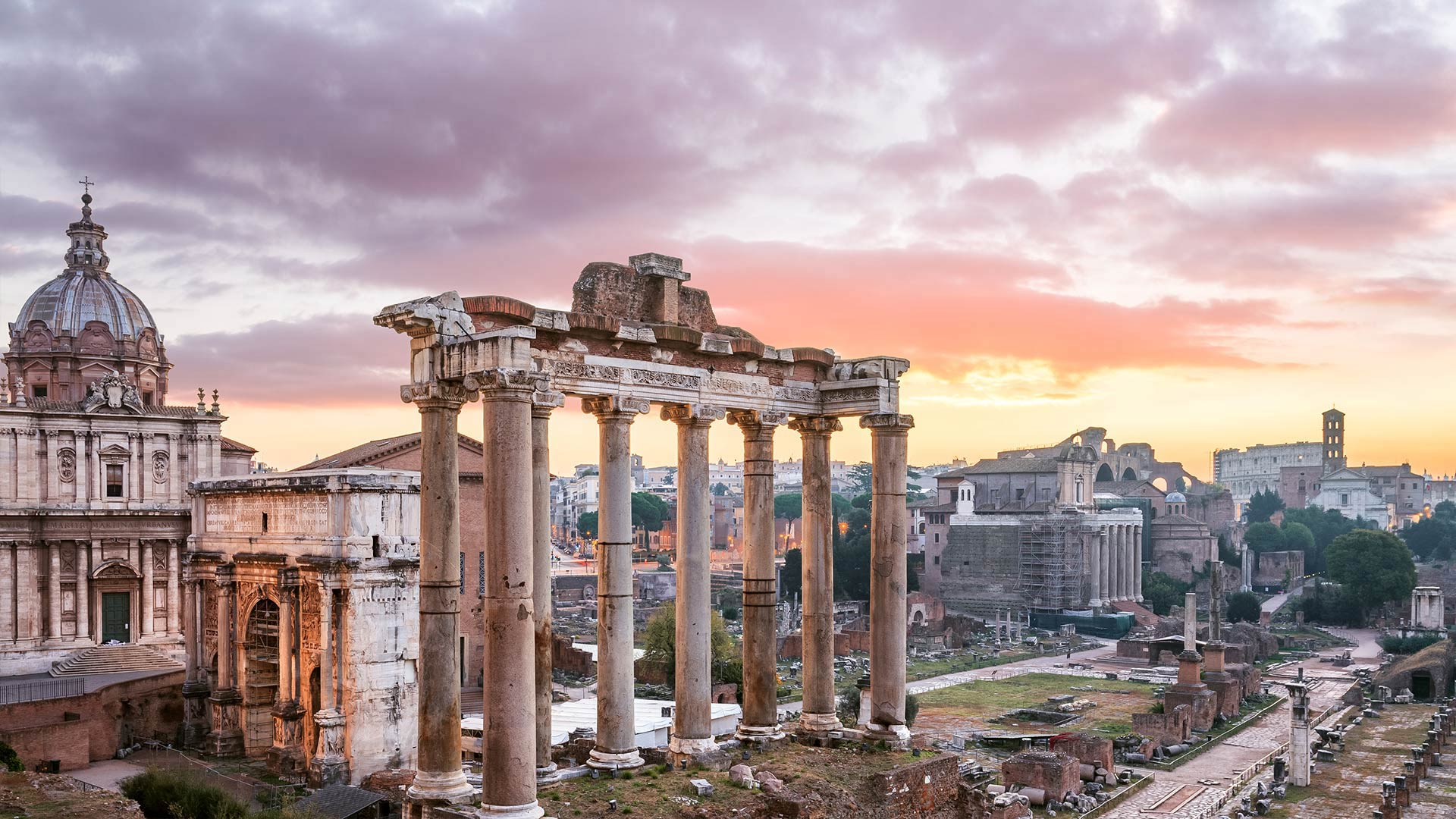
古罗马广场上的萨图尔诺农神庙,意大利罗马 Temple of Saturn in the Roman Forum, Rome, Italy (© Joe Daniel Price/Getty Images)
When in Rome...celebrate Saturnalia
We're looking at the Temple of Saturn, one of the oldest structures of the Forum in Rome. It was here that ancient Romans began their celebrations of Saturnalia, which began on December 17. Both the temple and the festival are dedicated to the agricultural god Saturn, whose reign was associated with a golden age of prosperity and peace. Saturnalia festivities kicked off with a sacrifice at the temple, followed by a public banquet and a week of general merrymaking. Activities included gambling, eating, drinking, and playing music. Businesses and schools closed, and even slaves were free from work and allowed to participate in the merrymaking. Many Saturnalia customs evolved into Christmas traditions, such as gift-giving, decorating homes with wreaths, and drinking spiced wine.
桌山,南非开普敦 Table Mountain, Cape Town, South Africa (© 4FR/Getty Images)
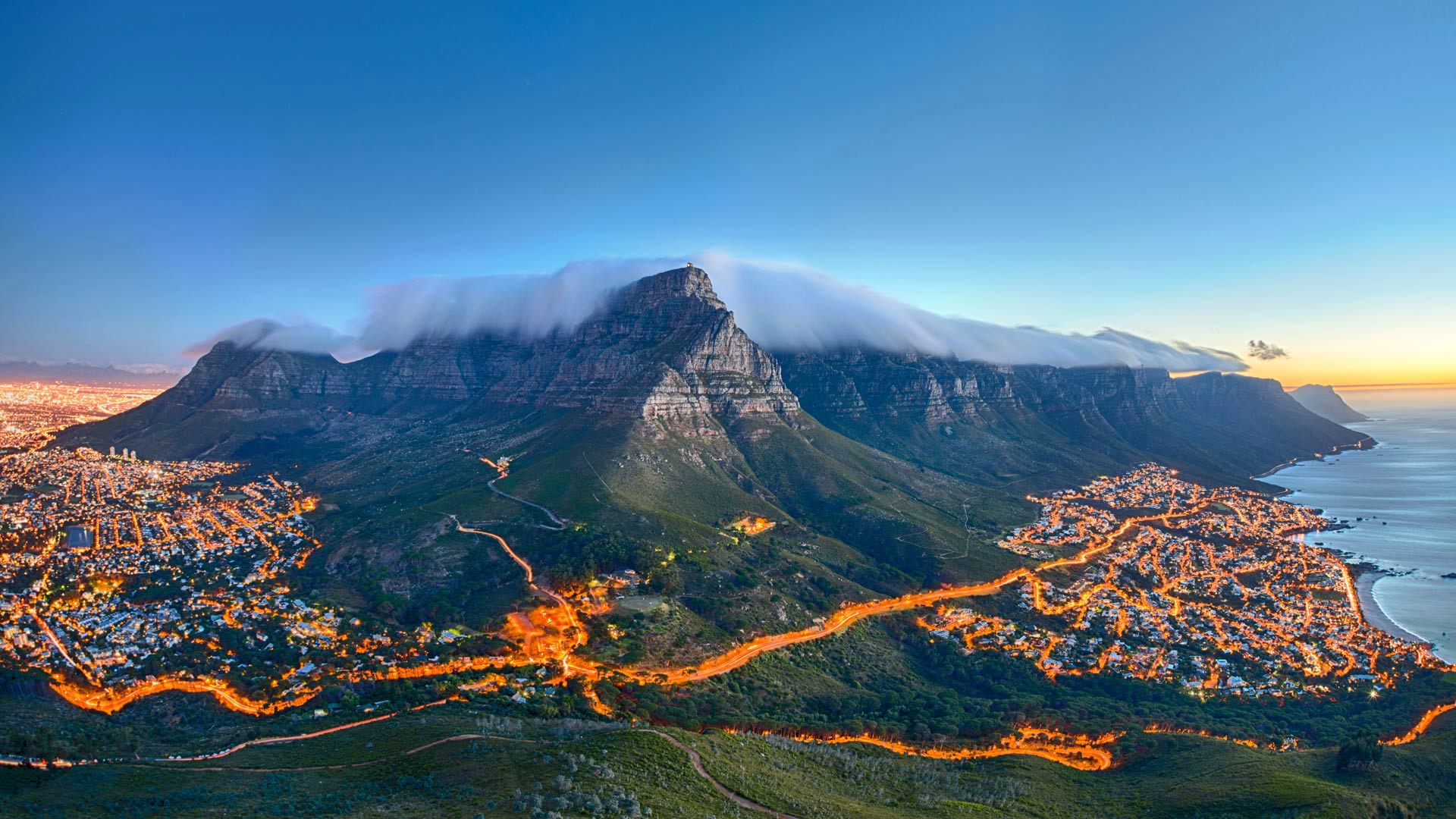
桌山,南非开普敦 Table Mountain, Cape Town, South Africa (© 4FR/Getty Images)
Cape Town at dusk
It's a beautiful evening here in Cape Town, South Africa. From this vantage point, we have a striking view of Table Mountain, with its 'tablecloth,' or cloud cover that typically shrouds the local landmark. Cape Town is a popular tourist destination noted for its beaches, natural beauty, architecture, and multicultural diversity—and in that diversity, it's a showcase for South Africa that Archbishop Desmond Tutu called the 'rainbow nation').
We're here today in honor of the Day of Reconciliation, a public holiday celebrated annually on December 16 that's meant to celebrate unity. President Nelson Mandela and the government's Truth and Reconciliation Commission created the holiday in 1995 to heal the wounds after decades of apartheid, South Africa's system of institutionalized racial segregation and oppression. South Africans observe the day with parades and other festivities.
银装素裹的Luzulo-Fagetum山毛榉林,比利时阿登 Luzulo-Fagetum beech forest covered with frost and snow, Ardennes, Belgium (© Philippe Moes/Alamy)
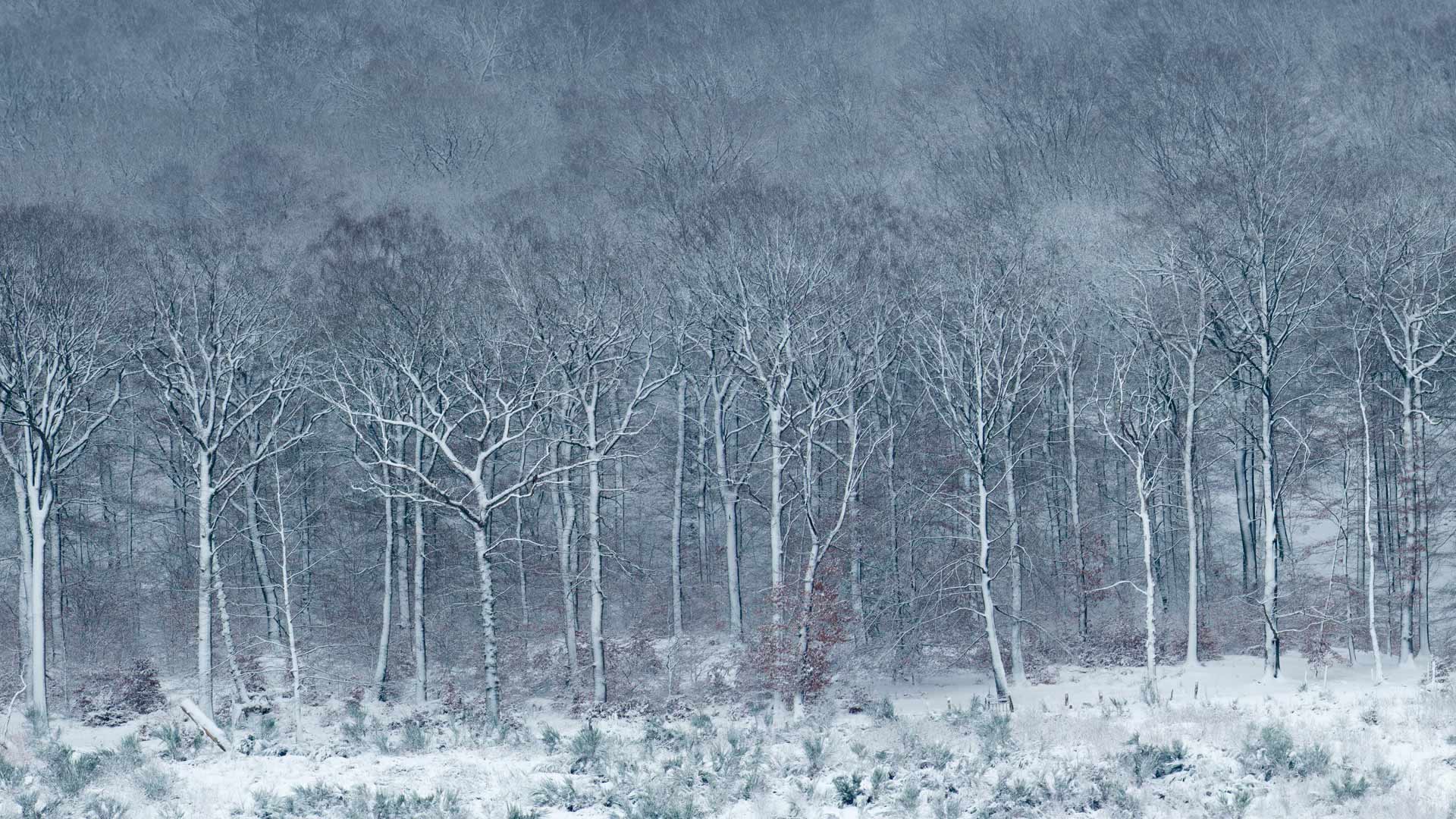
银装素裹的Luzulo-Fagetum山毛榉林,比利时阿登 Luzulo-Fagetum beech forest covered with frost and snow, Ardennes, Belgium (© Philippe Moes/Alamy)
The Battle of the Bulge 75 years later
Seventy-five years ago this week, the Battle of the Bulge began in the forests of the Ardennes in Belgium. On the morning of December 16, 1944, the beleaguered German army threw its best remaining troops and armor against a lightly defended section of the American and Allied line. Bad weather neutralized Allied air superiority and over the first few days, the Nazi offensive produced a 'bulge' in its offensive west into Belgium. Desperate to hold the line, US General Eisenhower sent the 101st Airborne to hold the strategically important crossroads in Bastogne. The town was surrounded for nearly 10 days by German forces, but the Airborne held out. In fact, a German demand for Allied surrender was rejected with a single word: “NUTS” (a bit of 1940s American slang that needed to be explained to the Nazi officers). This weekend, the town of Bastogne has been celebrating NUTS Weekend, an annual tribute to the soldiers who defended the town in 1944.
Festivities include a military parade, a walk around the perimeter, and even the 'Jet de Noix' (throwing of the nuts).
朗德瓦萨桥上的贝尔尼纳快车,瑞士格劳宾登 Bernina Express on the Landwasser Viaduct, Graubünden, Switzerland (© Marco Bottigelli/Getty Images)
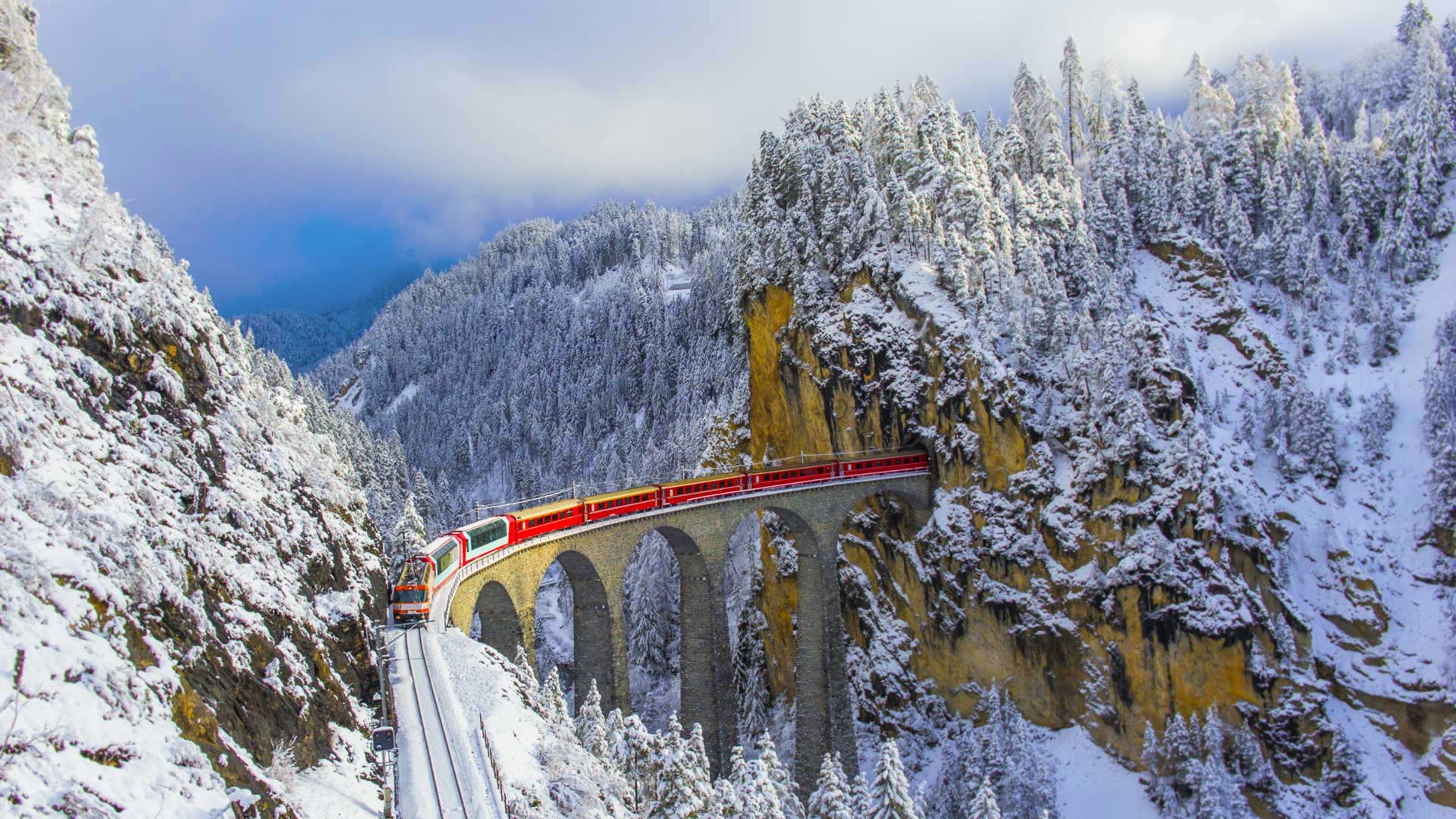
朗德瓦萨桥上的贝尔尼纳快车,瑞士格劳宾登 Bernina Express on the Landwasser Viaduct, Graubünden, Switzerland (© Marco Bottigelli/Getty Images)
Taking the scenic route
Often called the most beautiful train ride in Switzerland, if not the world, the Bernina Express offers spectacular views on its sightseeing routes that connect towns in southeastern Switzerland to Tirano, Italy. It's been in operation here since the late 1800s. The classic route takes about four hours and departs from Chur, Switzerland. Outfitted with panoramic windows, the train passes through 55 tunnels and over 196 bridges, some over 100 years old, like the Landwasser Viaduct pictured on our homepage today. The cheerful train winds its way up and over the Bernina Pass in the Alps, reaching an elevation of 7,392 feet. Pay special attention on the stretch from Thusis to Tirano—this portion of the route was designated a World Heritage Site in 2008. Reservations recommended!
Golden Hall in Stockholm City Hall for today's Nobel Prize Award ceremonies (© Mikhail Markovskiy/Shutterstock)
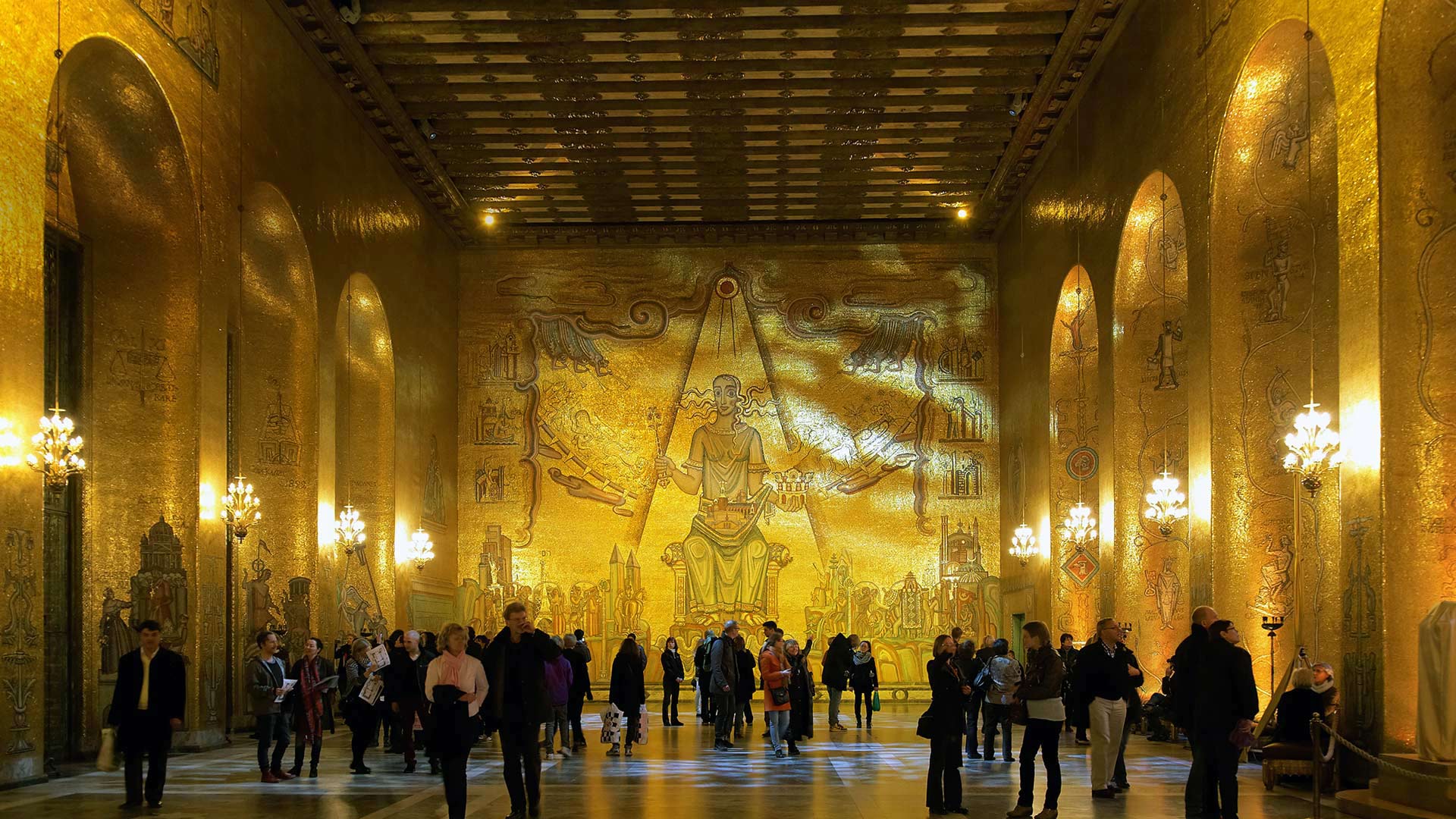
Golden Hall in Stockholm City Hall for today's Nobel Prize Award ceremonies (© Mikhail Markovskiy/Shutterstock)
Congratulations, 2019 Nobel Prize laureates!
This opulent room is the Golden Hall, a banquet hall in Stockholm City Hall, which will be one of the venues for today's Nobel Prize Award ceremonies. The room, which is completely covered in mosaic tiles, includes representations of important people and places in Swedish history, including the large mosaic of the Queen of Lake Mälar—a reference to Lake Mälaren, a large lake near Stockholm—with the city of Stockholm in her lap, that appears in today's image.
Tonight, on the anniversary of Alfred Nobel's death, most of this year's Nobel laureates, the King and Queen of Sweden, and more than 1,000 guests will attend the award ceremony at the Stockholm Concert Hall. There the King will present the winners with a gold medal, a unique handcrafted diploma, and a document confirming the monetary amount of their Nobel Prize (nine million Swedish krona or about $925,000 this year). Next, this same group will attend the Nobel banquet in the Stockholm City Hall's Blue Hall, followed by dancing here in the Golden Hall. These events are the culmination of a more than 14-month process of nominations and selections by the Nobel Committee and other institutions. While five of the six Nobel Prizes are presented here in Stockholm, the Peace Prize is awarded by the Norwegian Nobel Committee, something that Alfred Nobel stipulated in his final will. This occurs in a separate ceremony, usually on the same day, in Oslo, Norway.
In the Peace Prize ceremony, attended by more than 200 guests, the Chairman of the Norwegian Nobel Committee presents the laureate with a medal, diploma, and monetary prize at the Oslo City Hall with a banquet afterwards at the Oslo Grand Hotel.
喜马拉雅山脉中的Tengboche修道院,尼泊尔 Tengboche Monastery in the Himalayan Mountains, Nepal (© Kyle Hammons/Tandem Stills + Motion)
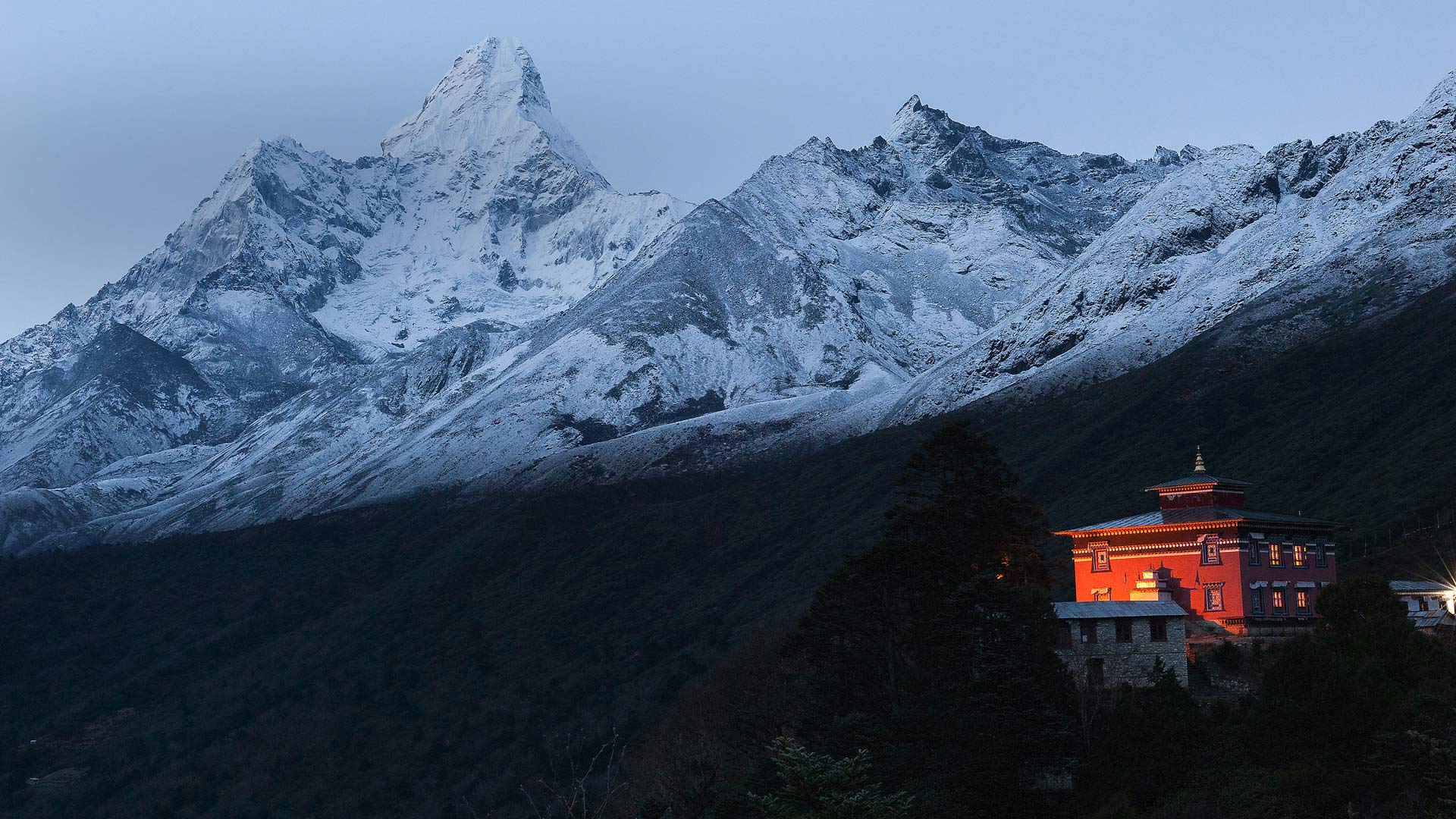
喜马拉雅山脉中的Tengboche修道院,尼泊尔 (© Kyle Hammons/Tandem Stills + Motion)
In the Himalayas for International Mountain Day
The steep, angular summit of Ama Dablam rises behind Tengboche Monastery, a Tibetan Buddhist site resting at over 12,000 feet. Ama Dablam means 'mother's necklace': Its swooping shape is thougth to evoke a mother cradling a child, and a dangling glacier on its southwest face is believed to resemble the religious pendants many Sherpa women wear. Situated in the nearby Khumbu Valley, Tengboche Monastery is a stop on the Sacred Sites Trail Project, a self-guided trek through holy places that dot Nepal's Sagarmatha National Park.
We're showing it to you today for International Mountain Day, recognized each December 11. Created by the United Nations in 2003, the observance recognizes the challenges faced and overcome by high-elevation populations. Among these mountain people are the Sherpas, who live here, high in the Himalayas, and haul scarce resources by backpack or yak over terrain where wheels are useless. Many Sherpas make dangerous livings as mountaineering guides. The 2019 theme for International Mountain Day, 'Mountains Matter for Youth,' recognizes the many young people who live in such mountain settlements. Mountain Day events worldwide will educate children and adults in ways to preserve precious mountain resources, not only for future generations but also the 1.1 billion people who call mountains home today.